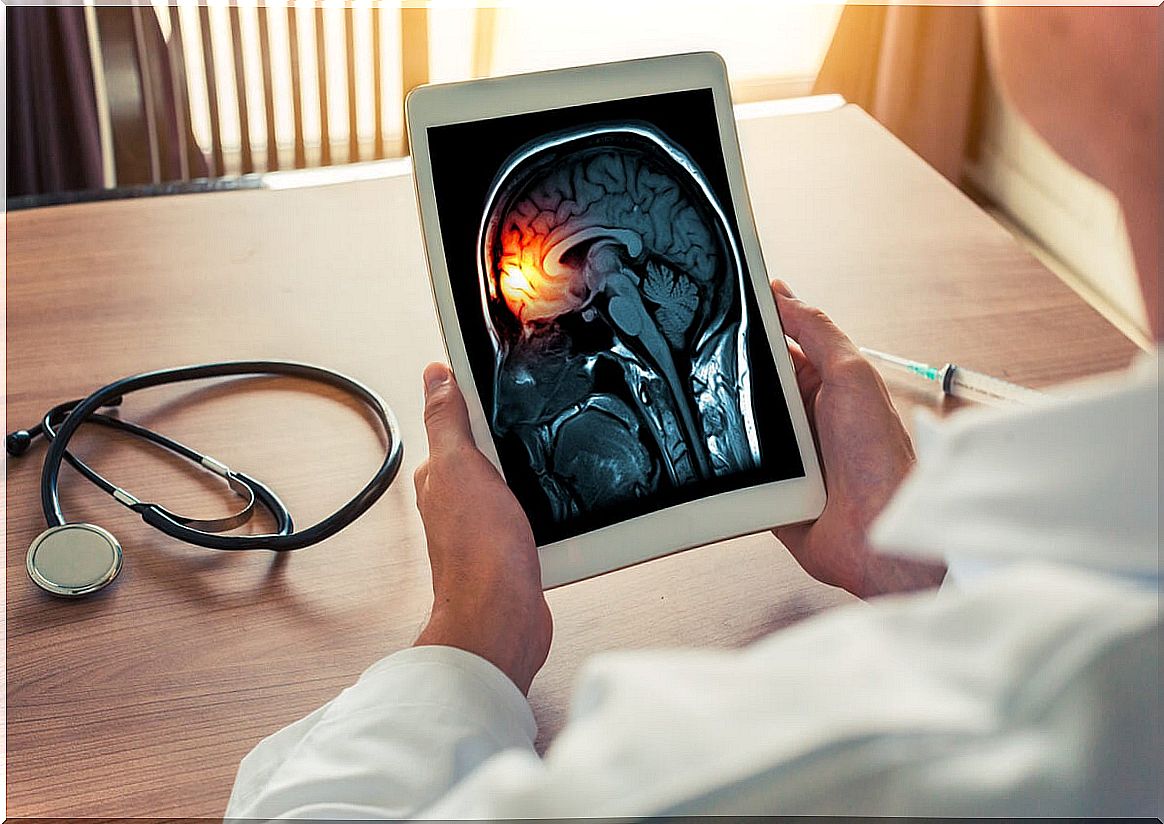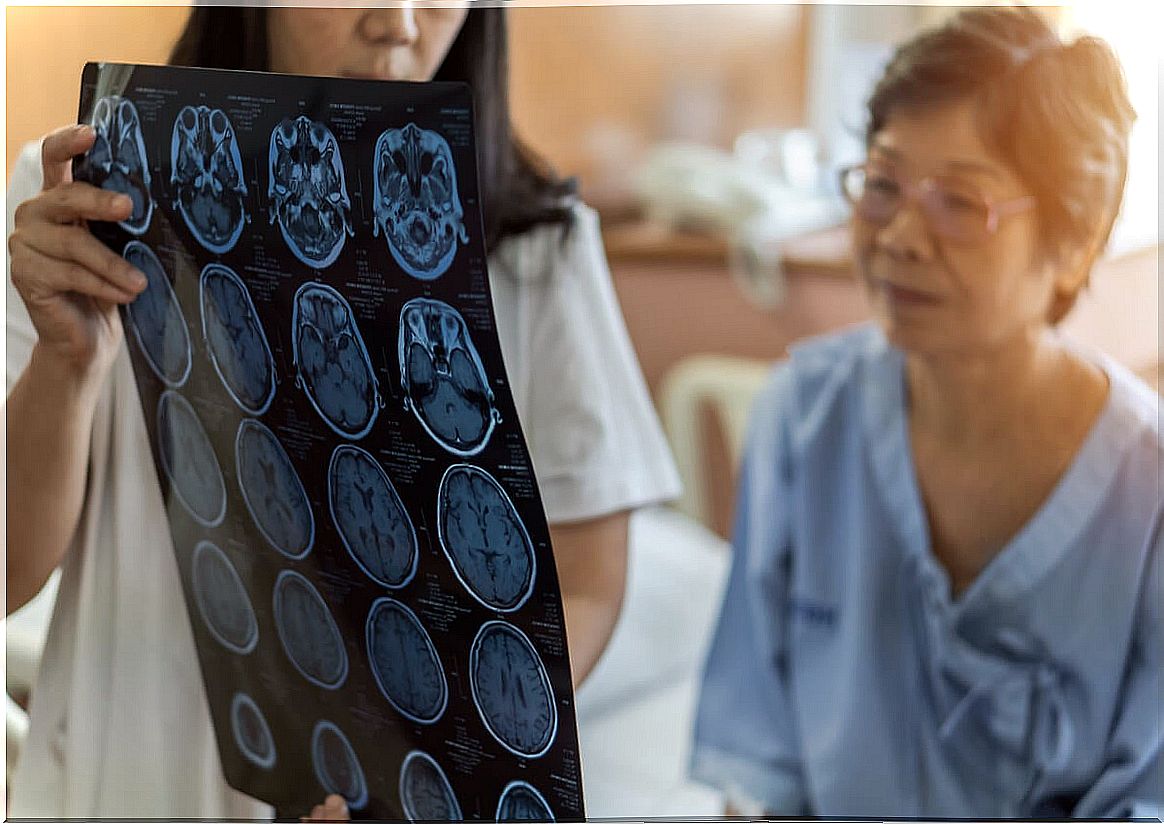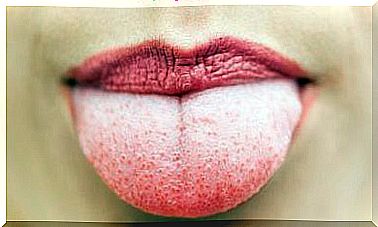What Are The First Symptoms Of Meningitis?
Central nervous system infections present diverse clinical pictures caused by different microorganisms such as bacteria, viruses, fungi and parasites. These infections are important, as they can often lead to serious complications if proper and immediate treatment is not given in the first few hours. One of these infections is meningitis.
This disease is a serious condition that needs a good orientation of the symptoms in the emergency room to be able to apply the treatment immediately and thus avoid complications such as cerebral infarcts, brain swelling (edema) or increased intracranial pressure that it can cause the brain to shift and death to occur.
For this reason, knowing the first symptoms of meningitis is of the utmost importance in order to detect the presence of the disease in time and be able to receive early treatment.
What are the meninges?

Meningitis is inflammation of the meninges, which are the layers that line the brain, according to the National Cancer Institute (NIH). There are three meninges:
- Dura mater : it is the first layer and is attached to the skull bone. It is the hardest layer of all and therefore provides protection for the brain.
- Arachnoid: it is the second meninx and it is the vascular layer. Vascular extensions emerge from the arachnoid layer as if they were “spider legs” ( hence its name) towards the piamater . The space left by these extensions is called the subarachnoid space and it will be filled with cerebrospinal fluid, a substance where waste is eliminated and which also serves as a shock absorber in the event of blows to the head.
- Piamadre : it is the last layer and it is the one that is truly attached to the brain. It is the thinnest layer of all.
The arachnoid layer and the pia mater together are called the leptomeninges. These leptomeninges are the ones that become inflamed in a process of meningitis.
What does inflammation do to the meninges?
The central nervous system itself is “shielded,” meaning it is very difficult to penetrate. However, by various mechanisms that are still unknown, microorganisms can circumvent these shields by entering the cerebrospinal fluid (CSF).
Once in the CSF, whether by direct action or not, an inflammatory response is activated by the body to be able to attack the microorganism in question and, thus, eliminate it. However, in the defense process, the meninges are irritated and damaged; therefore, the meningeal signs that we will explain later are produced.
Increased permeability
In addition, there is an increase in permeability. They go from having a very exquisite barrier that selects what enters and leaves the CSF to being very permissive and allowing substances to pass through (such as defense cells, liquid, salts, etc.) that will increase the CSF and that will, in turn, intracranial pressure increases.
Increased intracranial pressure
It must be taken into account that the skull cannot be expanded in the adult. Perhaps, in the case of newborns, it is possible to observe an expansion of the skull since it has not yet closed completely.
Since the skull cannot expand, the only thing that can be done is to “compress” the brain so that it can accommodate this excess CSF with defense cells that has formed. Compressing the brain causes neurological dysfunctions and the symptoms that will develop next.
What are the first symptoms of meningitis?

The MedlinePlus Medical Encyclopedia explains that initial symptoms are often nonspecific and can be common to other types of CNS infections. These symptoms are as follows:
- Very severe headache: it can progress and get worse and worse.
- Nausea and vomiting: this vomiting usually comes out shooting, like “shotguns”.
- Fever and malaise.
- Photophobia: increased sensitivity to visual stimuli, such as bright lights or flashes.
Headache is one of the first signs of meningitis. It is produced by the increase in CSF in the meninges that press on nerve roots and cause this pain.
Shotgun vomiting would also be part of this increased pressure on the head. On the other hand, the process of fever and general malaise is caused by the inflammatory response that the body gives to the virus.
Due to irritation of the meninges, so-called “meningeal signs” or meningism may occur:
- Neck stiffness: when wanting to rotate the head from one side to the other, we can notice that there is a stiffness.
- Kernig’s sign: when we raise a straight leg, the person with meningitis will reflexively bend the knee
- Brudzinsky’s sign: when we raise the neck, the person will flex the knees reflexively
All these signs are the reflex reactions that the body produces to defend itself against meningeal irritation. Knowing them can make it easier for people to see a doctor and be diagnosed in the early stages of the disease.
Other symptoms of meningitis
Other neurological signs such as altered consciousness, seizures, and neurological focality may also be present . The latter occurs when a part of the brain is severely affected to the point of stopping working or being altered. For example, there could be a paralysis of the half of the body because it has affected the part of the brain that handles it.
However, neurologic focality is more likely to occur in space-occupying lesions within the brain, not in the meninges. These lesions can be brain tumors and abscesses, among others.
On the other hand, the patient may present an alteration of consciousness, but this is not the most common in meningitis. If you are more asleep or confused, be alert because it could be encephalitis ; that is, a very serious CNS infectious process.
Treatment of meningitis
Meningitis have different infectious agents. But the most common are bacteria and viruses. Bacterial meningitis are medical emergencies, since they have to be treated quickly otherwise they can become complicated and cause the death of the patient. On the other hand, viral meningitis is usually self-limiting and requires only supportive treatment.
In any of the cases, if you present the symptoms explained above, you have to see a doctor to rule out meningitis and, if the diagnosis is verified, receive the appropriate treatment.









